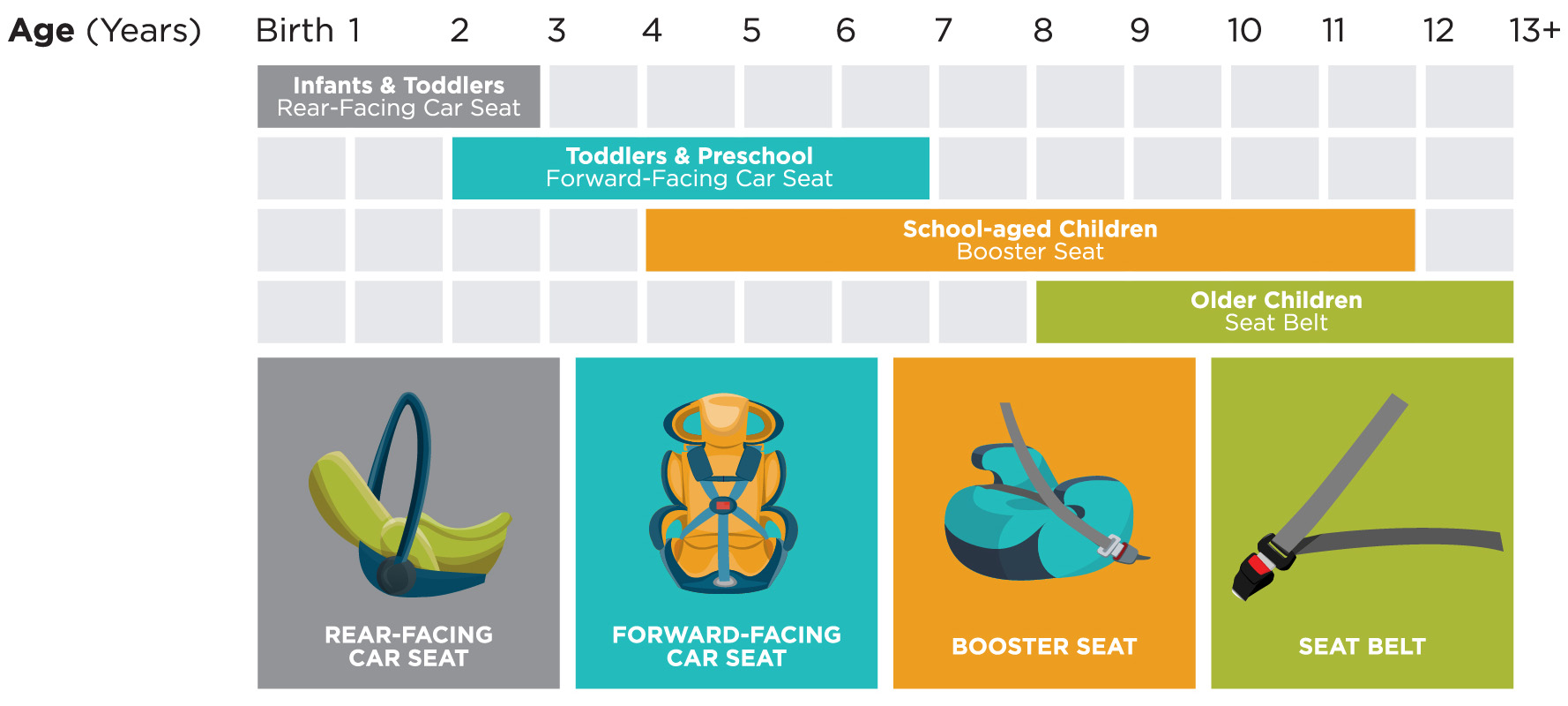Jul 25, 2025 /
Parenting, Safety & Prevention
By Abby Pham / Willow Creek
Buckle Up Safely: A Parent’s Guide to Car Seat Safety in Utah
As parents, there’s nothing more important than protecting your little ones—especially when you’re on the road. In Utah, car crashes remain a leading cause of injury and death among children, but properly using a car seat and seat belts significantly reduces those risks.
Unfortunately, many car seats are used or installed incorrectly, which can seriously limit their ability to protect your child. Let’s take a closer look at why car seat safety matters and how you can keep your child as safe as possible through every stage of growth.
Car seats, when used correctly, can reduce the risk of fatal injury by 71% for infants and by 54% for toddlers. Despite a high usage rate of safety restraints in Utah, studies show that about 60% of car seats are installed incorrectly – and approximately one-third of people killed in car crashes over a five-year period were not wearing a seat belt at all.
Keeping your child safe means using the right seat at the right time. Here’s a breakdown of the four key stages:
Lastly, Utah state law requires any child who is under eight years old to use a child restraint device. Children must ride in a car seat or booster seat until the age of 8 or until they reach a height of 4’9” tall (57 inches).

Source: clickit.utah.gov/car-seats-seat-belts/children
With so many different car seat models and vehicle types, installation can be tricky. That’s why scheduling a free check with a certified Child Passenger Safety (CPS) Technician can be helpful. These professionals are trained to make sure your car seat is properly installed and used.
Here are a few trusted resources for Utah families:
Ensuring your child’s safety on the road involves more than just using a car seat—it requires using the right seat correctly at every stage of their development. Don’t hesitate to get help from certified experts or your pediatric provider. Their guidance can give peace of mind and help you make sure your child is protected every time you hit the road.
National Highway Traffic Safety Administration (NHTSA) – https://www.nhtsa.gov/press-releases/national-car-seat-check-saturday-2024
Click It Utah – https://clickit.utah.gov/
Utah Department of Transportation – https://www.udot.utah.gov/shsp/safetyrestraints.html?utm_source=chatgpt.com
Utah Department of Public Safety – https://dps.utah.gov/news/
©2025 Wasatch Pediatrics